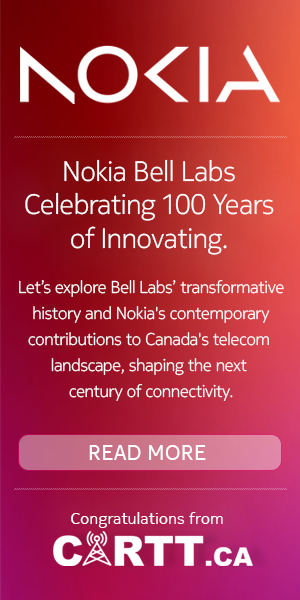
LOS ANGELES – Attempting to fight back against the escalating 1 Gig rollouts of Google Fiber, AT&T, CenturyLink and other broadband rivals, leading U.S. cable operators are boosting their own high-speed data speeds and looking to make a splash with catchier name for the next-gen DOCSIS 3.1 broadband spec
Three of the 10 biggest U.S. MSOs announced plans to increase downstream as high as 1 Gbps, either at the Cable Show in Los Angeles last week or leading right into it. Each of Time Warner Cable, Cox Communications and Mediacom Communications aim to launch the speed increases in several or more of its biggest markets before the year runs out.
The usually soft-spoken Cox made the biggest noise last week with its announcement that it will deploy 1 Gbps speeds in select, undisclosed markets sometime later this year. In a Bloomberg TV interview during the Cable Show, Cox CEO Pat Esser revealed the rollout plan, declaring that the company is developing a roadmap to 1 Gig service throughout its regions. Other Cox officials later confirmed and amplified Esser's remarks, explaining that the company will use a combination of its main hybrid fiber-coax (HFC) networks and all-fiber lines to deliver the 1 Gig speeds to customers.
In a sort of warmup to those 1 Gig launches later in the year, Cox is already boosting the top broadband speeds that it offers to its Internet access subscribers. Speaking on an opening panel at the Cable Show, Cox CTO Kevin Hart said the third largest U.S. MSO is now raising its top downstream speeds to 150 Mbps to 200 Mbps across its regions.
Not to be outdone by the much larger Cox (over 4.5 million basic subs), Mediacom (~1 million) is also moving to rev up its broadband speeds throughout its service footprint. During the Cable Show, Mediacom said that it intends to increase its maximum downstream speed to 150 Mbps and its maximum upstream speed to 20 Mbps in all of its markets, starting early next month.
Mediacom, the eighth largest MSO in the U.S., already delivers a much higher maximum downstream speed, 305 Mbps, in Cedar Rapids, Iowa for competitive reasons. But the cable provider did not indicate any intention to expand that kind of speed to additional markets, at least not yet.
For its part, Time Warner Cable unveiled plans just before the Cable Show to deploy downstream speeds as high as 300 Mbps in parts of New York City and Los Angeles, beginning in June. The nation's second largest MSO (11 million subs), which aims to merge with Comcast by the end of the year, asserted that it will offer the higher speeds to more than 200,000 broadband customers in those two huge markets by the end of June.
Unlike most of its American MSO brethren, Time Warner Cable has not brought such high broadband speeds to its subscribers before. As it shifts to all-digital video service in New York and Los Angeles, however, the company is now freeing up enough extra network capacity so that it can offer the much faster data speeds.
The speed hikes by the three large cable providers come as the North American cable industry attempts to adapt to the new Gigabit Era by recasting its next-gen broadband spec, DOCSIS 3.1, in a consumer-friendly way. Leveraging the fact that DOCSIS 3.1 is designed to support speeds of up to 10 Gbps downstream and 1 Gbps upstream, the NCTA announced last week that from now on DOCSIS 3.1 will be known as "Gigasphere", except in techie circles.
It's no great shock that the cable industry is attempting such a re-branding of the admittedly geeky-sounding DOCSIS 3.1 spec. In a keynote address at the SCTE Cable-TEC Expo show in Atlanta last fall, NCTA President and CEO Michael Powell lashed into the DOCSIS 3.1 moniker and called on the industry to craft a much sexier name to sell the service to consumers.
Whether a name like Gigaspehere will do the trick is another story. But you can't blame the industry for trying.
– Staff




